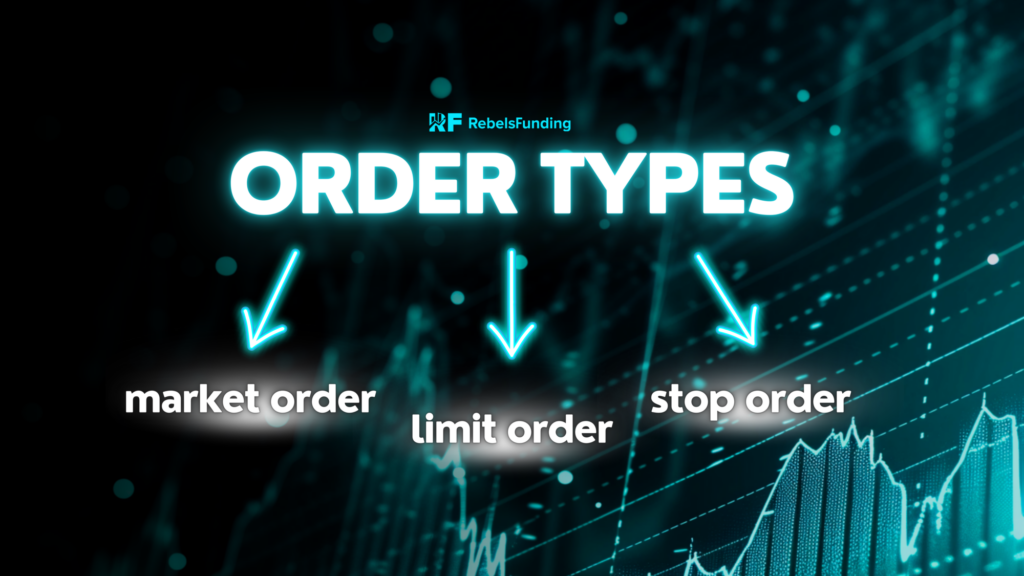Types of Forex Orders & How they Function

An order is an instruction to execute a financial asset at a specific price or under certain conditions.
Let’s look at the different types of orders in trading:
Market orders:
This is a directive to execute (buy/sell) a security instantly (at the best available price).
The execution price here is not guaranteed (especially during volatile market conditions or significant price gap).
This order type mostly will activate at or near the current bid (for a sell order) or ask (for a buy order) price.
(It is important to always remember that the last-traded price is not necessarily the price at which a market order will be executed).
Pending orders:
This is an order placed in advance. Here, you set up trades at predetermined price levels (expecting it to be filled at a later time).
Order is only triggered when the market price reaches your specified level.
The most common types of pending orders are limit, stop order:
Limit order
A limit order is executed only if the market price reaches the limit price. We have buy & sell limit:
Buy limit: Placement: Below the current market price (with the expectation that the price will rebound from the bottom or reverse upwards).
Purpose: To enter a long position. Execution: Order will be triggered when the price reaches or falls below your desired limit price.
Sell limit: Placed above current market price. The goal is to enter a short position for profit.
If you want to go short on say, EUR/USD (with the current rate of 1.1050). But you speculate that the price will go up later. Your next line of action?
You set a sell limit order at a price higher than 1.1050. For example: 1.1400 (expected future price).
The sell limit order will likely be activated if asset reaches 1.1400 or higher.
(Click here to watch how to create pending orders on the RF-TRADER platform)
Stop order
A type of trading order that becomes a market order when a desired price level is activated:
Buy stop: Placed above the present market price to initiate a long position when the price reaches that level.
The expectation is an uptrend; that the price will rise to your selected level.
Sell stop: This is a pending short order placed below the market price with the hope that it will fall to your level.
Stop loss order: It is an instruction to exit the market once price reaches your stop price (a price lower than the price at which you purchased the instrument).
And when this price is reached, a stop order becomes a live market order (market conditions can kick in).
(This means the order may be executed at a price significantly different from the stop price. There’s no guarantee that the trade will be closed at the exact stop price you selected).
Trailing stop order: A dynamic stop that adjusts price level based on market’s movement.
For a buy order, it is set at a certain number of pips below the current market price & above (for a sell order).
As the price moves in your favour, TS automatically adjusts to follow the new price to protect your profits.
(Watch how you can set trail stop on the RF-TRADER platform)
To choose an order that best suits your needs, consider the limitations of each, market conditions, your risk tolerance and trading strategy.



